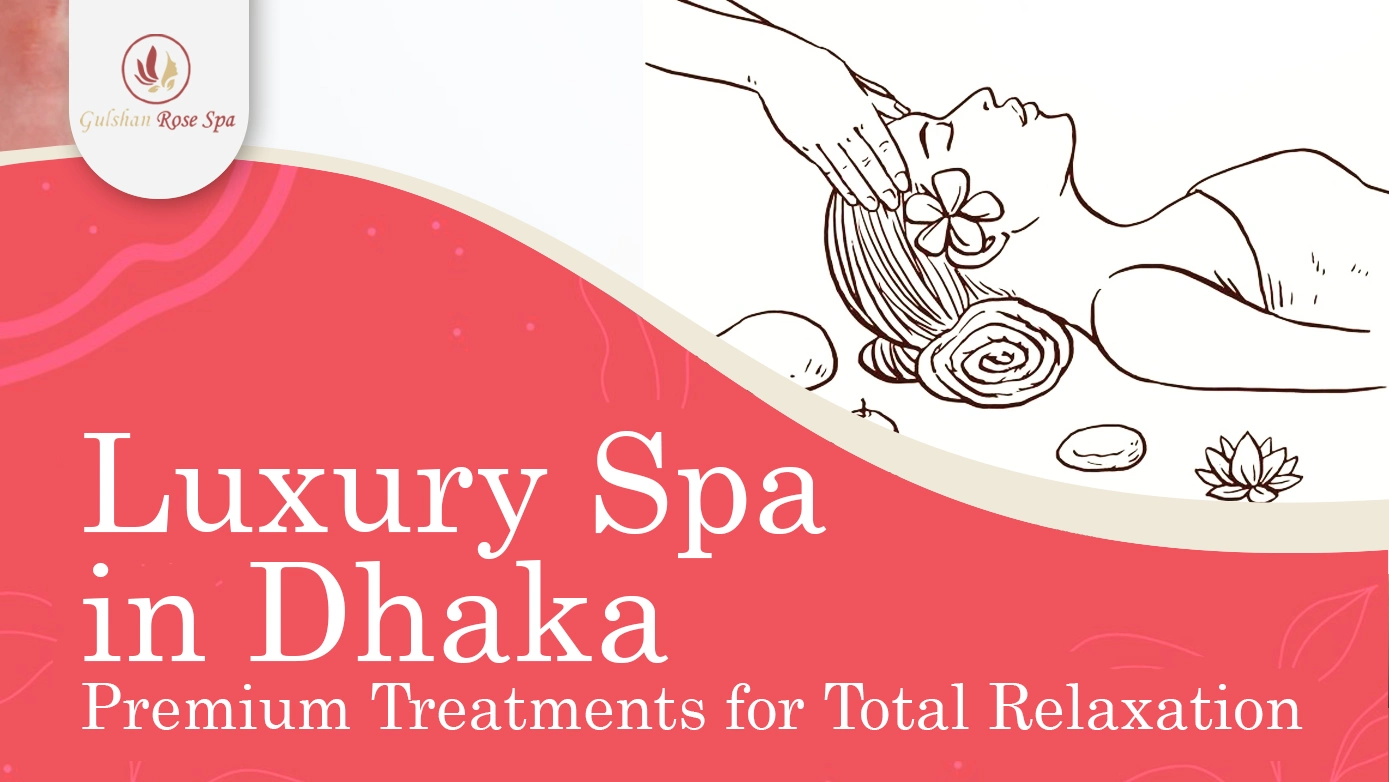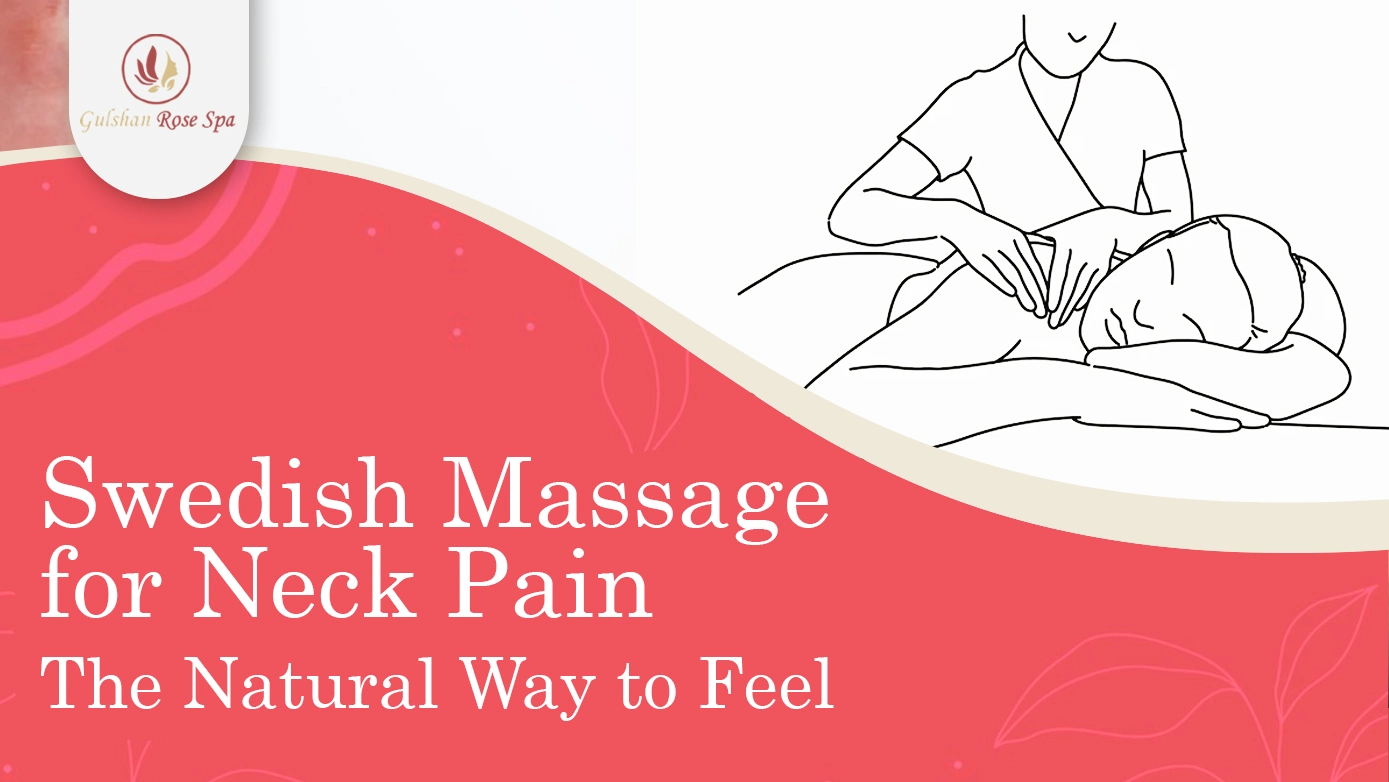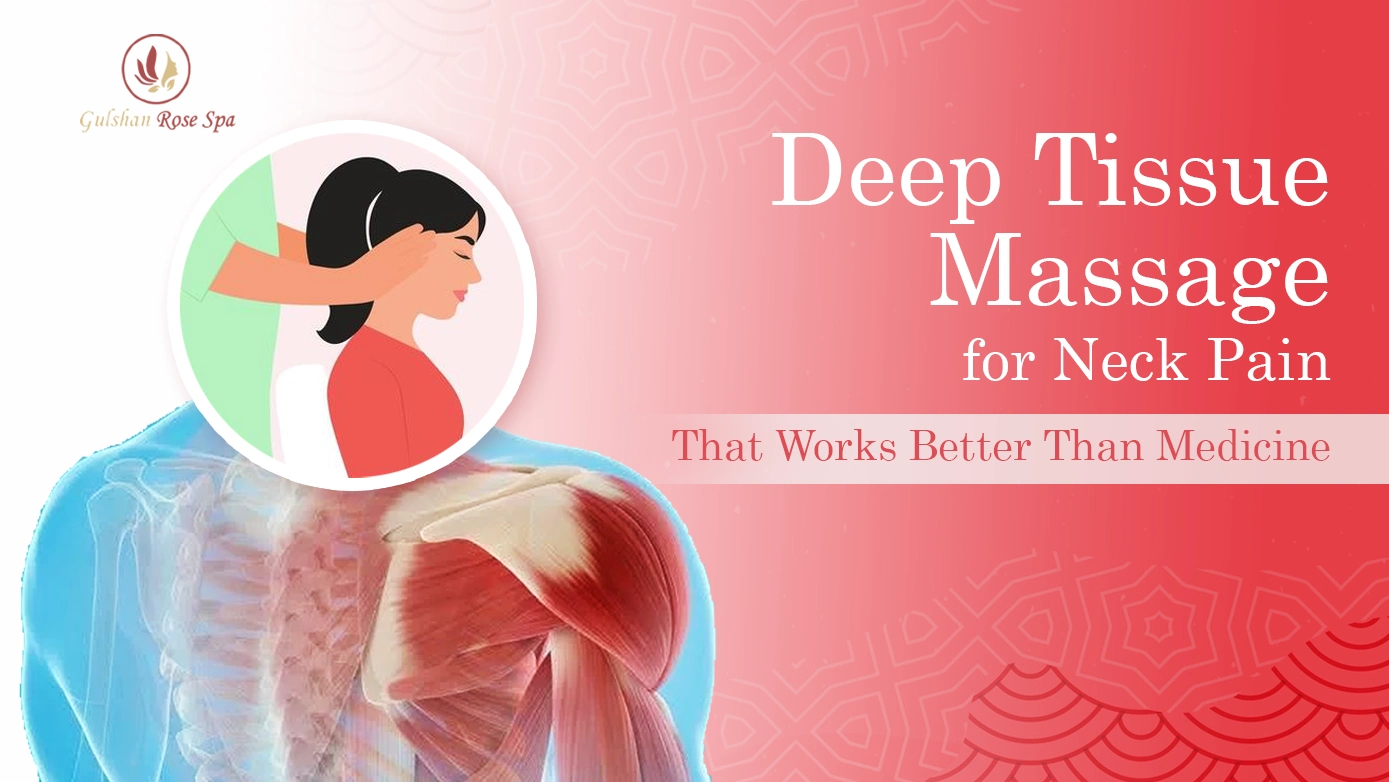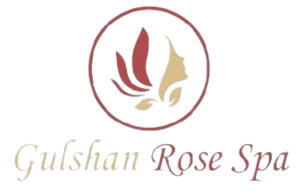When weighing Swedish massage vs. deep tissue for their benefits, the choice solely depends on which specific effects it has. Swedish massage acts to induce relaxation and circulatory well-being, while deep tissue targets the deeper musculature with pain and tension accumulation. Each may be suited to certain wellness needs, fostering unique improvement. Besides, each massage treats different things differently, so the selection should consider the goals of the wellness program the customer wants to use.
Whether it be for stress relief or focused recovery, knowing the difference between deep tissue and Swedish massage will lead you to what is best for you.
What is a Swedish Massage?
The Swedish massage is a systematic therapeutic procedure using long strokes, kneading, and rhythmic movements to relax superficial muscles of the body. The associated benefits with it include enhanced circulation, flexibility, and reduction in tension. This form of massage goes together with a holistic approach to well-being by promoting stress release and physical relaxation. Thus, it is indicated for people who would like to recover their physical and mental balance.
Exploring the Techniques Used in Swedish Massage

The techniques used in Swedish massage have been developed to cater to the specific needs of both body and mind. Core techniques at the heart of Swedish massage include:
Effleurage (Gliding Strokes)
Effleurage is the term for making long, flowing strokes with the palm, fingers, or forearms.
The muscles are heated, blood flow is increased, and the body is prepared for deeper manipulations during smooth, gliding strokes.
Petrissage (Kneading and Lifting)
Petrissage involves lifting, squeezing, and kneading muscles to relieve tension and improve flexibility. It is especially good in the treatment of localized tension and the toning of muscles.
Tapotement (Rhythmic Tapping)
This technique uses rhythmic light tapping motions with the sides of the hands, cupped palms, or fingertips. Tapotement stimulates and energizes the body while activating nerve endings and encouraging muscle tension release.
Friction Deep Circular Motions
This involves the use of deep circular motions to work on specific parts of the body. It is an excellent technique used to break adhesions, help increase blood flow, and loosen constricted joints and muscles.
Vibration (Shaking and Rocking Motions)
Vibration is also done with rapid shaking or rocking movements given to some part of the body. After the massage, the client is left feeling calm and rejuvenated.
Incredible Benefits of Swedish Massage
Due to its many amazing advantages, Swedish massage is one of the most popular therapeutic massages worldwide. Swedish massage can be performed by soft, smooth stroking movements. This makes clients fall deeply asleep and will keep stress and tension away from anxiety.
The massage also increases the flow of blood, oxygenation, and nutrition in the muscles while encouraging the lymphatic system to get rid of waste products. This enhances energy levels and speeds up the recovery of the muscles.
Moreover, Swedish massage relieves muscle stiffness and soreness while improving flexibility. Besides, it reduces cortisol levels, hence promoting sleep and fighting insomnia.
Who Should Try Swedish Massage? The Typical Recipients
Swedish massage is highly beneficial in giving relief to people with stress, muscular tension, or poor circulation. This will be particularly great for those with chronic pain, fibromyalgia, arthritis, and sports injuries, as the treatment will give full relaxation and speed up recovery.
It also helps athletes, active people, and people who have undergone surgery feel better with its gentle techniques, which improve blood circulation and reduce soreness. Equally, Swedish massage is good for anxiety, insomnia, and disrupted sleep due to the decrease in stress it causes.
What is a Deep Tissue Massage?
For chronic muscle tension and mobility issues, deep tissue massage is a powerful and targeted therapy. In this massage, deep strokes and slow, deep movements are used to enable deep layers of muscle and connective tissue to be accessed. This technique generally acts to break up scar tissue and relieves much more chronic pain compared with other techniques.
Exploring the Techniques Used in Deep Tissue Massage
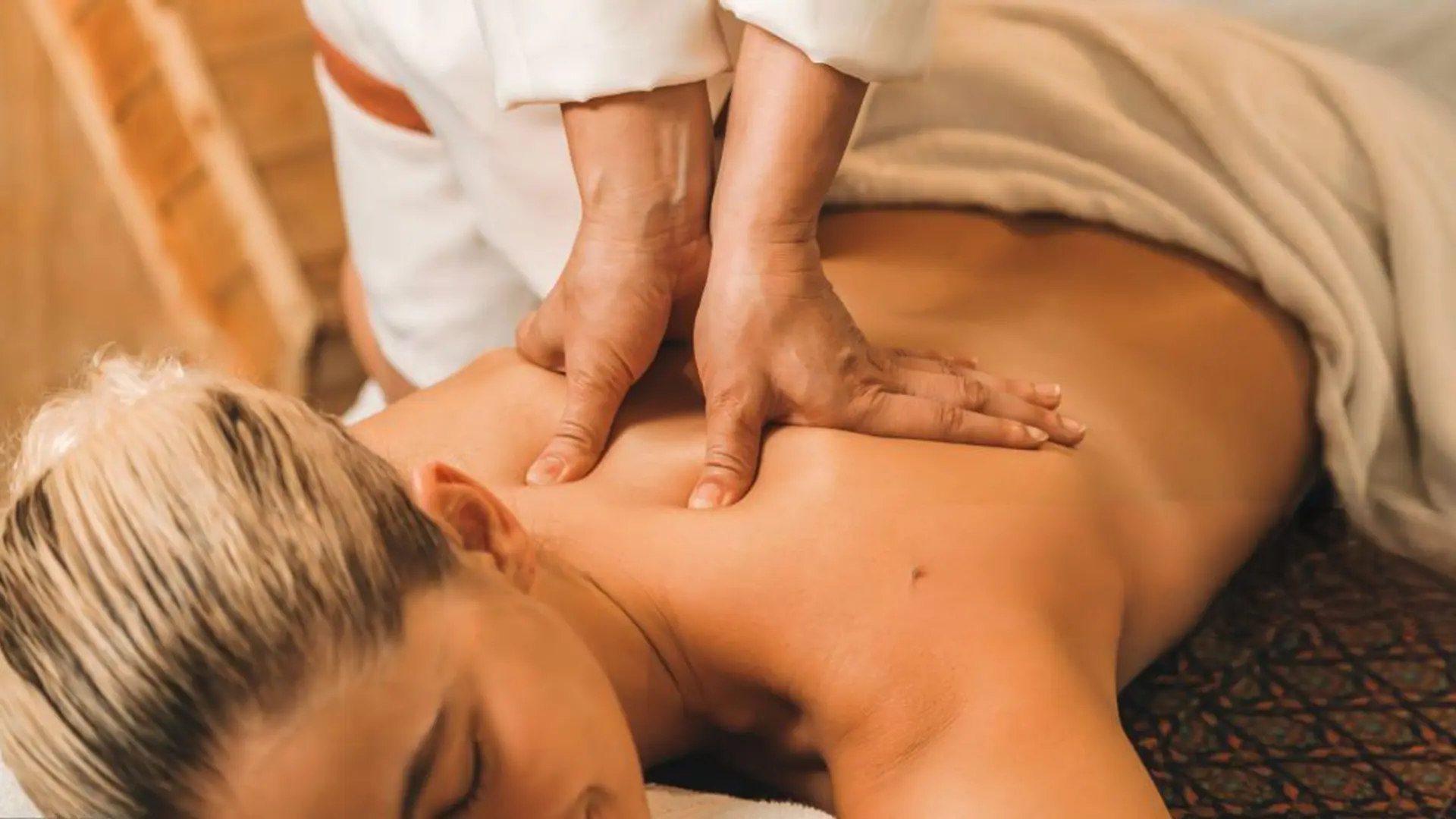
The following are the major techniques used in deep tissue massage.
Stripping: Deep Strokes Along Muscle Fibers
The stroking in stripping involves long and deep strokes down the length of muscle fibers. It enables the release of knots and tension in the muscles by the application of prolonged pressure.
Friction: Using Circular Motions on Muscle Knots
It uses deep, circular motions in any particular adhesion or knot of muscle to break it up and restore proper circulation to the area.
Trigger Point Therapy: Focused Pressure to Specific Areas
Trigger point therapy works on the tight areas within the muscles, whose firm pressure can relieve the localized pain and tension so that the muscles get back into action.
Cross-Fiber Friction: Targeted Pressure across Muscle Fibers
Cross-fiber friction applies pressure across the muscle fibers, working on the tightness within the muscles and improving flexibility. It works to heal damaged tissue by stimulating blood flow and eliminating muscle adhesions.
Benefits of Deep Tissue Massage
Deep tissue massage is the most rewarding style of massage, especially for anyone hoping to release chronic tension, injury, or discomfort from the muscles. It pays dividends with focused pressure on the deeper layers of muscle and connective tissue, efficiently relieving long-held stiffness, improving blood circulation, and increasing flexibility.
This technique reduces adhesions and scar tissue, allowing for easier muscular movement and, therefore, speeding up recovery. Deep tissue massage is often recommended for people with arthritis, fibromyalgia, or sports-related injuries, as it directly addresses the source of pain and inflammation rather than just easing surface tension.
Who Should Try Deep Tissue Massage? The Typical Recipients
Deep tissue massage would be best for chronic pain, stiffness of muscles, and injury recovery. It helps athletes or people with very active lifestyles by relieving muscle soreness and increasing flexibility. It’s also very effective for those with arthritis, fibromyalgia, or repetitive strain injuries.
Deep tissue massage can also be therapeutic for those who have tension caused by stress, poor posture, or neck and back pain by restoring muscle balance and overall mobility.
Difference Between Swedish Massage vs Deep Tissue Massage
When it comes to Swedish massage versus deep tissue massage, one must know the differences in their benefits, pressure techniques, and best uses.
Intention and Focus
Swedish massage vs. deep tissue massage serves different major purposes. Swedish massage is designed to be soothing and relaxing; hence, it is used for stress relief through gentle strokes that help release tension from the surface. On the other hand, deep tissue massage relieves chronic pain by targeting deep layers of muscles with firmer pressure.
Pressure Applied
While Swedish massage vs deep tissue massage is used for relief, the pressure applied is very different. Swedish massage uses light to moderate pressure and is, therefore, ideal for soothing relaxation, while deep tissue massage uses firm to intense pressure and is ideal for muscle knots and stiffness.
Techniques Employed
Swedish massage techniques also differ from deep tissue massage. Swedish massage combines long, flowing strokes and kneading to create a soothing, whole-body experience; deep tissue involves deeper strokes and trigger point therapy aimed at helping to relieve deep muscle tension.
Comfort and Sensitivity
Comfort can be quite varied when considering Swedish massage vs deep tissue massage. Generally, Swedish massage is light and calming, hence painless for most individuals. Deep tissue massage can be strong and sometimes painful, especially when working through tight areas within the muscles.
Can You Combine Swedish Massage With Deep Tissue Massage Techniques?
Yes, it is possible to have Swedish massage and deep tissue massage techniques combined into one massage session. Many therapists will offer an integrated approach, combining both methods as needed or desired by the client.

For instance, a therapist may begin with techniques of Swedish massage-smoothing strokes that help relax the body and encourage blood flow before working deep tissue techniques on specific muscle tension, knots, or chronic pain. This combination allows for a holistic massage experience that offers relaxation, stress relief, and deeper therapeutic benefits. Making it ideal for individuals looking for both relaxation and muscle recovery in one session.
Pros and Cons of Swedish vs Deep Tissue Massage
Here is a quick look at the pros and cons of both.
Swedish Massage Pros:
- Relaxes and relieves stress
- Improves circulation and oxygenation
- Best for light muscle tension
- Perfect for first-time massage customers
Swedish Massage Cons:
- Less effective for deep muscle knots
- Not ideal for intense or chronic muscular conditions
Deep Tissue Massage Pros
- Good for chronic pain and muscle knots
- Focuses on problem areas
- Increases flexibility and mobility
Deep Tissue Massage Cons
- May be painful
- Not as relaxing as the Swedish
- Will often leave the muscles sore after the session
Swedish Massage vs Deep Tissue Massage: How to Make the Choice between Them
Choosing the massage type between Swedish and deep tissue massage depends totally upon your need, preference, or your aims. Here are some aspects you should keep in mind when deciding on one.
Health Considerations: Health conditions and treatment goals should be discussed with the therapist, as an individual treatment plan may be recommended.
Pressure Preference: Swedish massage involves light and soothing pressure. Deep tissue massage applies more pressure to assess muscle tension and pain.
Comfort Level: The comfort level of Swedish massage is comfortable and relaxing. Deep tissue might be intense, uncomfortable, or painful for some.
Intended Outcome: For overall relaxation and stress release, Swedish is the choice. Besides, deep tissue will be better for chronic pain relief and muscle recovery or rehabilitation.
Final Thoughts
By reading this blog, you should have a much better idea about how Swedish massage vs deep tissue will help you. If you’re searching for the best spa in Dhaka that provides expert massage therapies for all your needs, Gulshan Rose Spa is the ideal place. Gulshan Rose’s skilled massage therapists will customize each session to your preferences. Also offers everything from soothing massages and pleasurable sessions of mild tension release to more intense therapeutic work for easing muscle pain.
Allow this spa to take you through a refreshing journey that will melt relaxation and recovery into one, ultimately restoring and rebalancing you.
Frequently Asked Questions
Should you get a Swedish massage or a deep tissue massage?
This will depend on your needs, with Swedish being the better option for relaxation and stress relief, while deep tissue massage is intended more for chronic pain, knots, or a more intense therapeutic approach that targets deeper layers of muscle.
Can Swedish massages dissolve knots?
Swedish massage may reduce superficial muscle tension but is generally not used for dissolving deep muscle knots. In the case of more resilient knots, deep tissue massage is usually advised since it is much more specific in its approach.
How often should one get a Swedish or deep tissue massage?
The frequency is entirely dependent on what the client needs. For example, Swedish massage can be done weekly for relaxation, and deep tissue massage can be done every other week or whenever needed for chronic pain and muscle recovery.
What should I expect during a Swedish massage?
During a Swedish massage session, you can expect gentle, calming strokes that are meant to calm the body. The therapist will be concerned with improving blood flow and relieving muscle tension, hence providing a soothing, full-body experience to calm stress.
What should I expect during a deep massage?
In a deep tissue massage, one should expect firm pressure targeting the deep layers of muscles. It may include focused techniques to release muscle knots and tension, which could cause temporary discomfort.


